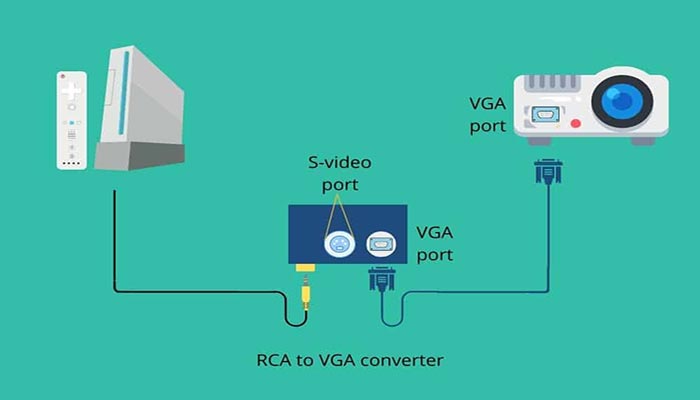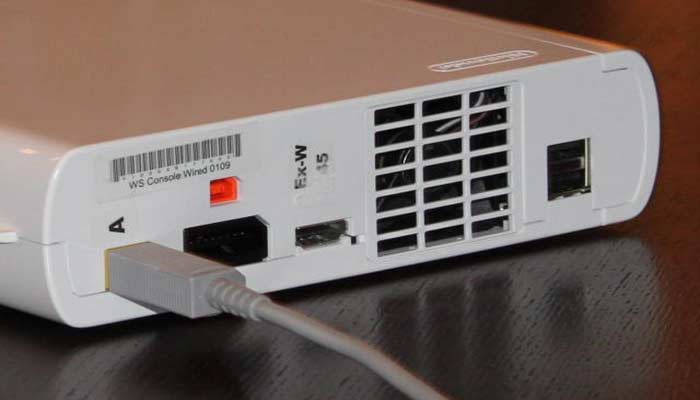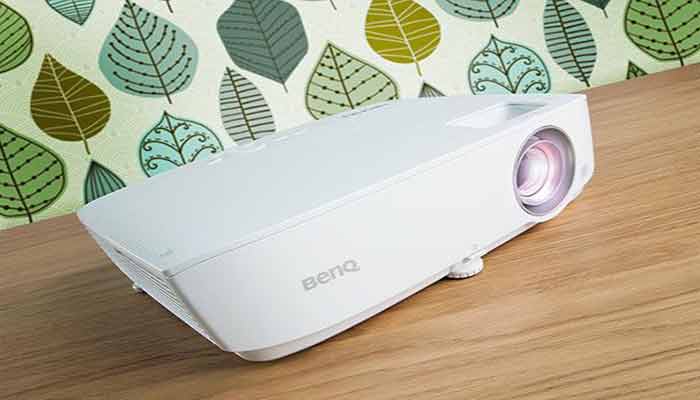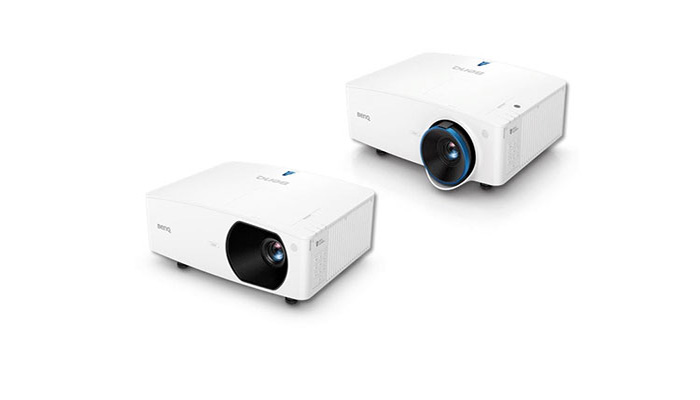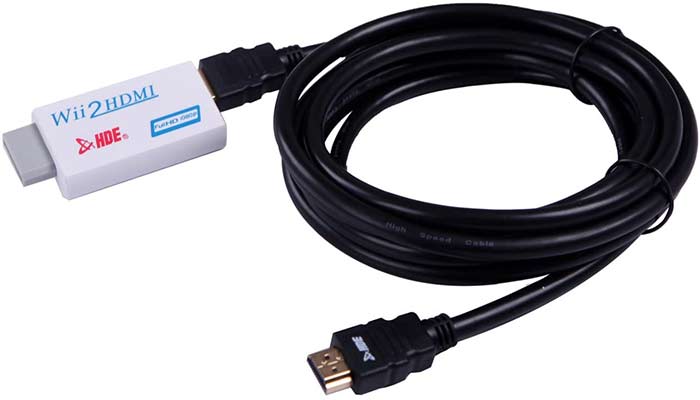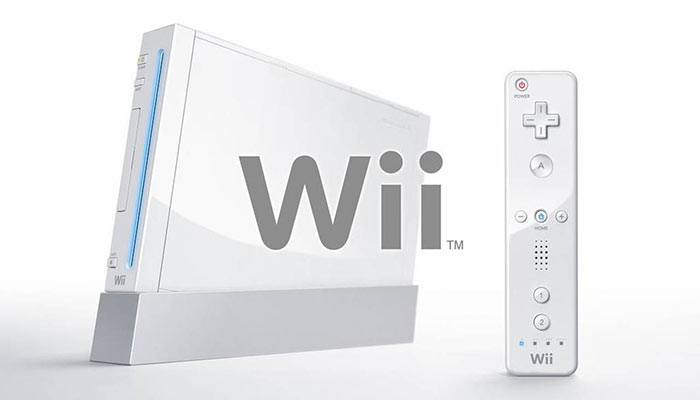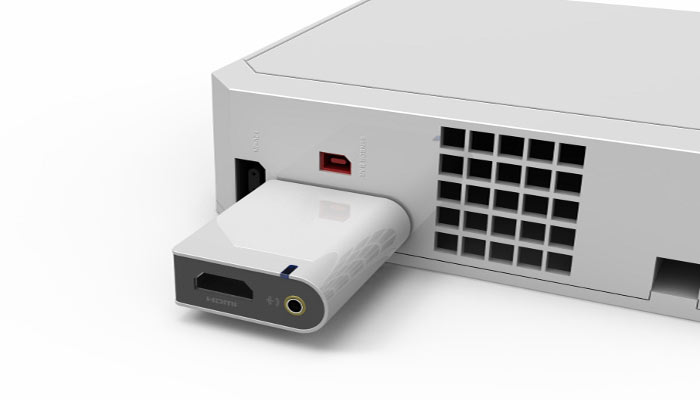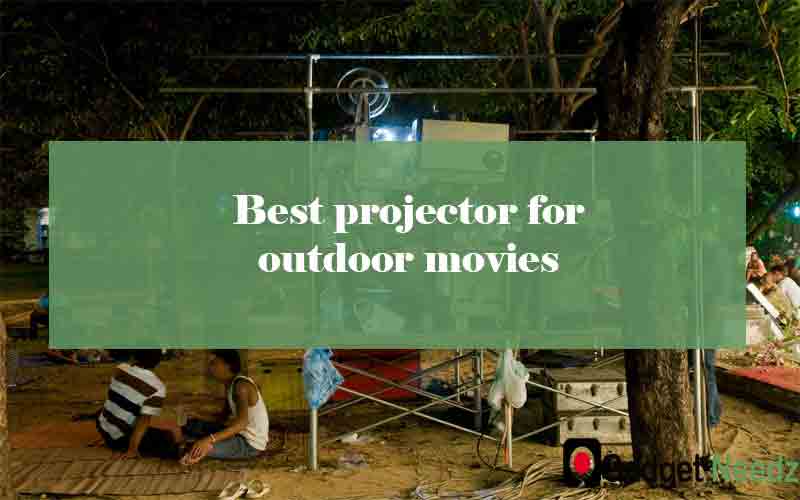Table of Contents
In this article, we’ll go through how to connect the Nintendo Wii to a projector just as easily as we would any other device.
An easy way that you can learn more about the Nintendo Wii is by connecting it to a projector. They say, “the best-selling Nintendo home console of all time”.
You would also have access to vast amounts of knowledge on the Nintendo Wii’s history and its many uses. All you have to do is follow these simple steps and everything will be fine!
Connecting the Wii to a Projector
Step 1: Connect your Wii to a projector via HDMI.
- If you have a Wii that has been modified, then you have the ability to connect it to the Wii’s AV output ports. If not, then there are two ways that you can connect the Nintendo Wii to a projector. The first is by using an HDMI cable and the second is by using composite cables (Red, Green, Blue).
- Connect the Wii’s AV output port to the projector’s AV input port.
Note: If you are using composite cables rather than an HDMI cable for the connection between your Wii and your projector, then you will need a component video cable as well while connecting your computer if it does not feature an integrated graphics chipset in order for it to display video with sound on the projector properly.
Step 2: Connect your computer to your projector using either an HDMI cable or component video cable.
- If you are not using an HDMI cable, then you will need to purchase a component video cable as well (if it does not feature an integrated graphics chipset).
- Connect the HDMI port on your computer to the projector’s HDMI input port.
- If you are using a component cable, then connect the Red, Green, and Blue ports on your computer to the projector’s Red, Green, and Blue input ports.
- Connect a headset to your Wii in order to be able to hear sound from the Nintendo Wii while connected to your projector and eventually your computer as well (if it does not feature an integrated graphics chipset).
Step 3: Power your Wii, Projector, and Computer on.
- After you have connected them all together, then power them on as well.
- Once you see the green light come up on your Wii’s AV output port, then you can begin to play games and browse the internet or whatever else you wanted to do with it.
Step 4: Test the connection
- To test the connection, you should first be able to connect to the internet and then browse websites that you would normally browse on both your computer and your Nintendo Wii.
- You should also be able to watch DVDs that are sent through the HDMI cable directly from your computer in order for them to play through your projector using a DVD player app.
Some essentials things to consider while connecting Wii to a Projector
Sound System
If you are not using a Wii that has been modified and do not have a headset, then you will need to connect a standard stereo system to your Wii in order to hear sound from the Nintendo console.
If you are using a headset already, then you can save yourself some money on the sound system by connecting via the computer’s own audio port to the projector instead.
Step 1: Connect a stereo system or headset to your computer (if it does not feature an integrated graphics chipset).
- If you are using an integrated graphics chipset on your computer then you do not need a sound system for it (unless it is required for other reasons).
- Connect your computer’s headphone/speaker jack port to the stereo or headset via the audio out port on your computer.
Step 2: Connect a stereo system or headset to the projector.
- If you are not using an integrated graphics chipset, then connect your stereo or headset to the projector’s audio-in port (as shown in image 1).
- If you are using a headset already, then connect your computer to the projector via HDMI instead and you can save yourself some money on a sound system by having it connected directly to the computer rather than through adapter cables and an extra (possibly expensive) audio cable as well.
About Projector Placement
The projector should be placed on the opposite side of the room, perhaps mounted on the ceiling in an overhead fashion so that you don’t end up blocking the projection of the device with your shadows as you play your Wii-based games.
Place your projector down.
Find a nice spot for your projector to rest that will not block its projection and also make sure not to break it and also make it where no one can trip over it.
Put it down so that there is room enough for it to project its images onto a flat surface without obstruction from yourself or others. About Wii
The Nintendo Wii is a controller-based gaming console that uses motion control in order to play games.
Do you have HD Wii, if so Use the Wii-U?
Divide the screen into two parts, split the screen in half horizontally/vertically. Because the Wii-U’s resolution is 480p (and 720p on the TV), you need to divide the screen in half to regain a proper resolution. Make sure you can see both halves of the screen at all times, and that they are both completely visible.
Split Screen Controls
With split-screen mode enabled, you can seamlessly switch between two different game modes.
- To use split-screen mode, first, click on “Split Screen” from the Wii’s GameCube Controller to enter Split-screen mode.
- Then double-click on the Wii Remote to return the screen to its default size.
- To switch back to the original model by clicking the same button again or simply use a long press of both buttons at once for both modes of control simultaneously.
- To turn the split-screen of all you have to do is click “Split Screen” from either controller and you will return back to your original mode.
Some Warnings and Precautions while Connecting a Wii to a Projector
Here are some tips that will help you enjoy your new Wii as it comes
Warnings:
- Do not connect the Wii to a projector that is connected to an outlet that is controlled by a light switch.
- If the Wii is connected to an outlet controlled by a wall switch, you should manually be turning the Wii on and off otherwise you may need someone who can turn it on and off when needed.
- If your Wii has an HDMI connection make sure you do not use component cables because they have higher latency compared to HDMI cables.
- Your Wii should have a 5V power connection and not a higher voltage.
- Your Wii should always have power provided from an external source unless you plan on using the Wii’s internal battery for extended play.
Precautions:
- The projector may turn itself on and/or off automatically when you enable split-screen mode as it can easily overheat if left on while not being used.
- Make sure that you are using the proper type of cable for your specific devices such as HDMI or component cables as they are more compatible than composite cables.
- Make sure that your Wii console is turned on before connecting the cable to it and if you are using a composite cable make sure the Wii is turned on before you connect the composite cables to it.
- Be careful not to put too much stress on your cables so your projector does not get damaged as well as avoid stepping on them.
- If you are having issues with your Wii not staying powered up or turning off automatically then try other consoles such as a PlayStation 3, Xbox, or any other device that has high video resolution and high data transfer rates because they use more power and have more heat than a standard Nintendo Wii so try those devices instead even if they cost more or you have to bring along others for backup.
- If you buy a memory card for your Nintendo Wii and try to install it and it does not work then try other game consoles differently because the memory cards may not work with those devices.
- If you are having issues with your Nintendo Wii console then try plugging it in and turning on the console while holding in the power button if you have a power cord for it and then unplugging everything else if any that has been plugged into the console to see if it helps, remember those generic cords with only two prongs do not normally work on the latest models.
Conclusion
Now you should know how to connect a Wii to a Projector.
If your Wii does not work with a projector then call Nintendo customer support as well.
You might have to send your console back for repair or replacement if it is still within the warranty time limit but remember that some consoles can only be returned to their original place of purchase.
If this does not apply to you and you still have issues then try calling Nintendo customer support again and wait for a response from them.
Related Articles:
